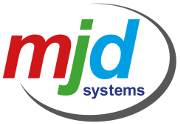What is ransomware?
Ransomware is used by cyber criminals to hack a device and encrypt the files. They then ask you for a payment to decrypt the files if you are lucky and they do give you the key. Unlike other computer viruses where they can usually be removed after infecting your device, the only way to resolve[…]
